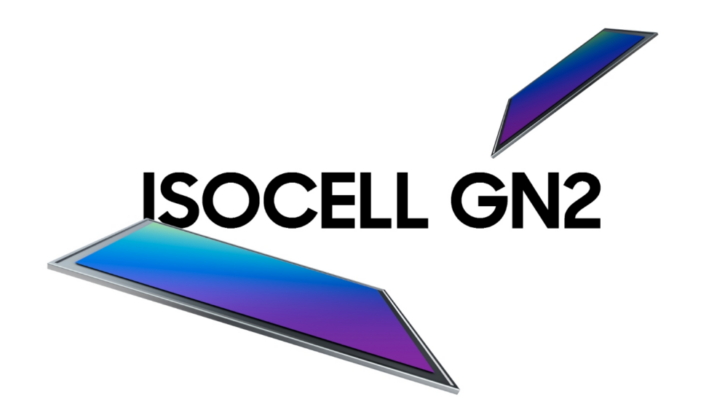Samsung Electronics has announced its newest smartphone camera sensor, the ISOCELL GN2. This is the follow up to the ISOCELL GN1 which was launched back in May 2020.
The ISOCELL GN2 is also a 50MP image sensor, just like its predecessor and comes with some improvements to take the camera game to the next level. It has a large 1.4μm pixel size as opposed to 1.2μm on the GN1.
With all the new enhancements, Samsung says the ISOCELL GN2 offers up to 100MP imaging, improved auto-focusing with the help of Dual Pixel Pro technology, improved HDR, and vivid images through Smart ISO Pro independent of the lighting environment. This should also result in better night photography in real life.
To help in more vivid pics
The sensor size itself is now 1/1.12-inch on the ISOCELL GN2 which is larger than the 1/1.31-inch found on the last-gen. The GN2 sensor has a bigger sensor size even when compared to the 108MP HM2 sensor. This results in more detailed pictures with 50MP resolution and 1.4μm pixel size. For low-light scenarios, the sensor is capable of stimulating a larger 2.8-inch pixel, thanks to the 4-in-1 pixel binning technology which can take in more light and output bright and sharp images. The images will be captured in 12.5MP by default.
In terms of post-processing, the GN2 offers an option to capture images in 100MP. The sensor automatically re-arranges the colour pixels using an intelligent re-mosaic algorithm, creating three individual layers of 50MP frames in green, red and blue in the 100MP mode. These 50MP frames are then up-scaled and merged to produce a single 100MP high-resolution image.
This is also Samsung’s first image sensor to offer Dual Pixel Pro which is the company’s most advanced PDAF (Phase Detection Auto Focus) solution yet. It employs two photodiodes within each pixel of the image sensor, it makes use of 100 million phase detecting agents for ultra-fast auto-focusing.
Other improvements come in terms of the top and bottom frame recognition and low-light focusing and tracking.
- Samsung unveils new 0.7μm image sensors for next-gen smartphones
- Samsung Galaxy Note 20 Ultra review
- Samsung to support security updates for Galaxy devices for at least 4 years

Will consume less energy
High Dynamic Range (HDR) pictures will make use of the staggered-HDR feature, a time-multiplexed HDR technology that uses rolling shutters over the same pixel arrays to capture multiple frames in short, mid, and long exposures. With this implementation Samsung says, it can produce rich detail and vivid colour in highlights and dark shadows in mixed lighting conditions. This technology also brings down the energy consumption of a sensor by up to 24% when compared to the predecessor’s real-time HDR mode.
In a nutshell, the staggered-HDR brings rich details and more vibrant colours. This process also consumes less energy.
Furthermore, the Samsung ISOCELL GN2 offers Smart ISO and Smart ISO Pro. While the Smart ISO sets the optimal ISO and low ISO for brighter outdoors or high for dimmer indoors the Smart ISO Pro uses an intra-scene dual conversion gain (iDCG) solution and takes readouts from both high and low ISO to instantly create high dynamic range images with fewer motion-artefacts. The Smart ISO Pro can also quickly capture and process multiple frames in high ISO.
Lastly, in terms of video recording, the sensor is capable of shooting 4K videos up to 120fps and Full HD videos @ 480fps.
Could Xiaomi be the first one to feature the new GN2 sensor?
GN2→Mi11 UltraFebruary 23, 2021
Samsung says the ISOCELL GN2 is currently in mass production. According to the Ice Universe Twitter handle, the upcoming Xiaomi Mi 11 Ultra could pack in the new camera sensor.
Last year’s GN1 was seen only on a handful of devices such as the Vivo X50 Pro Plus, whose availability was limited to China.
from TechRadar - All the latest technology news https://ift.tt/3sjTztf

No comments:
Post a Comment